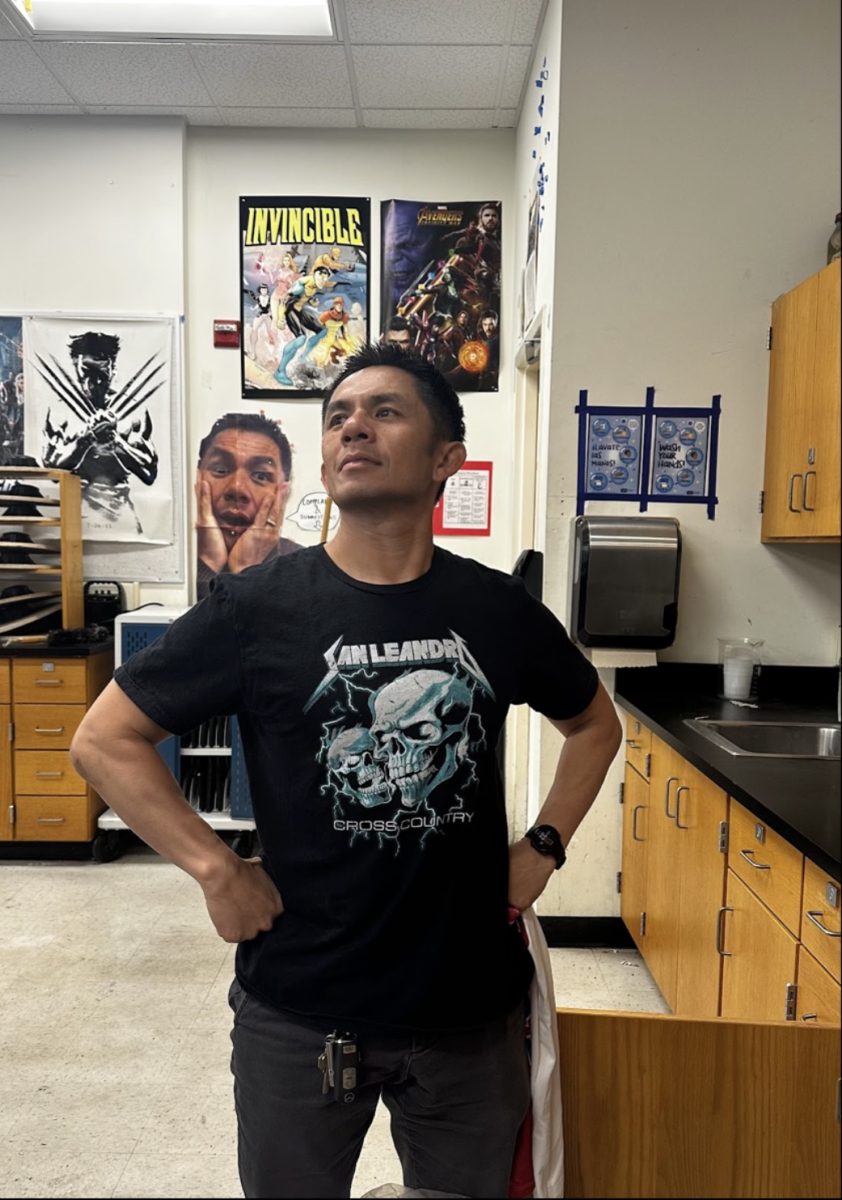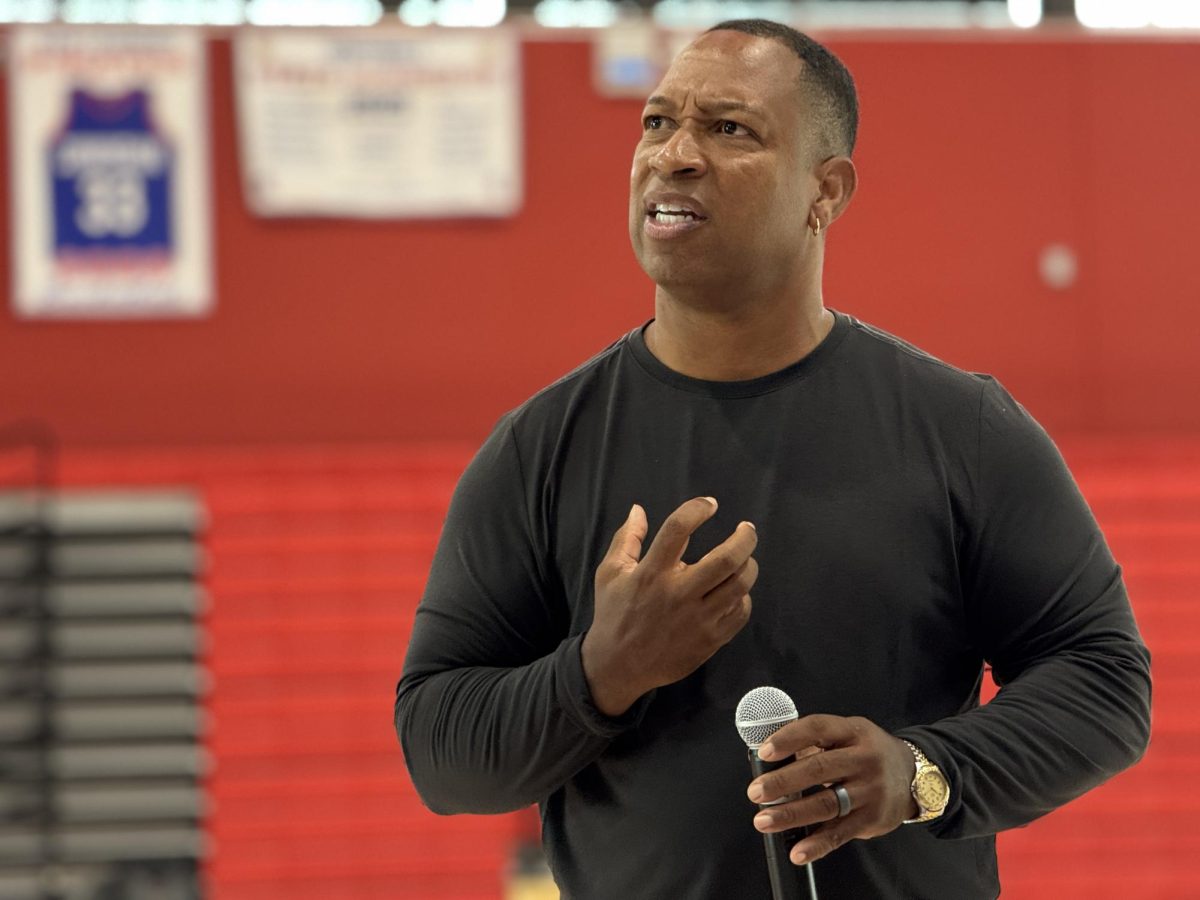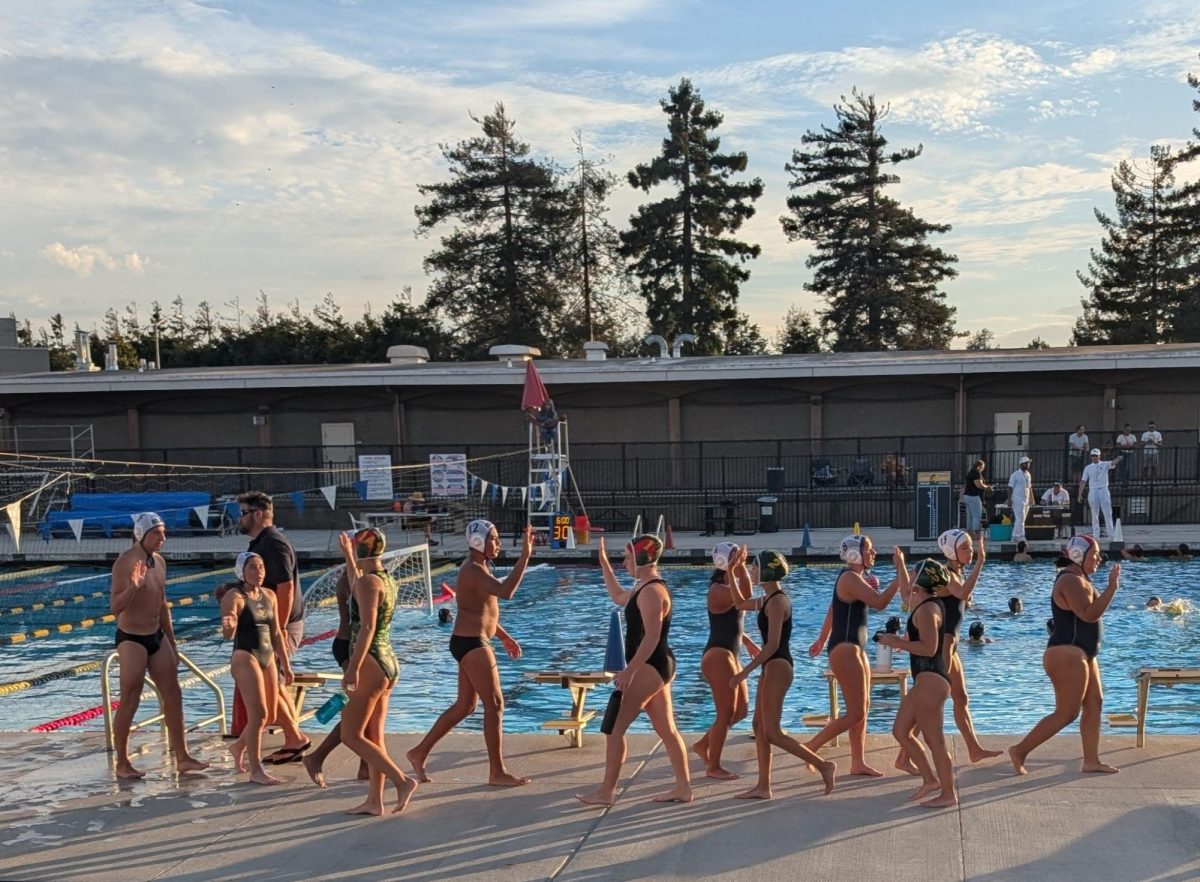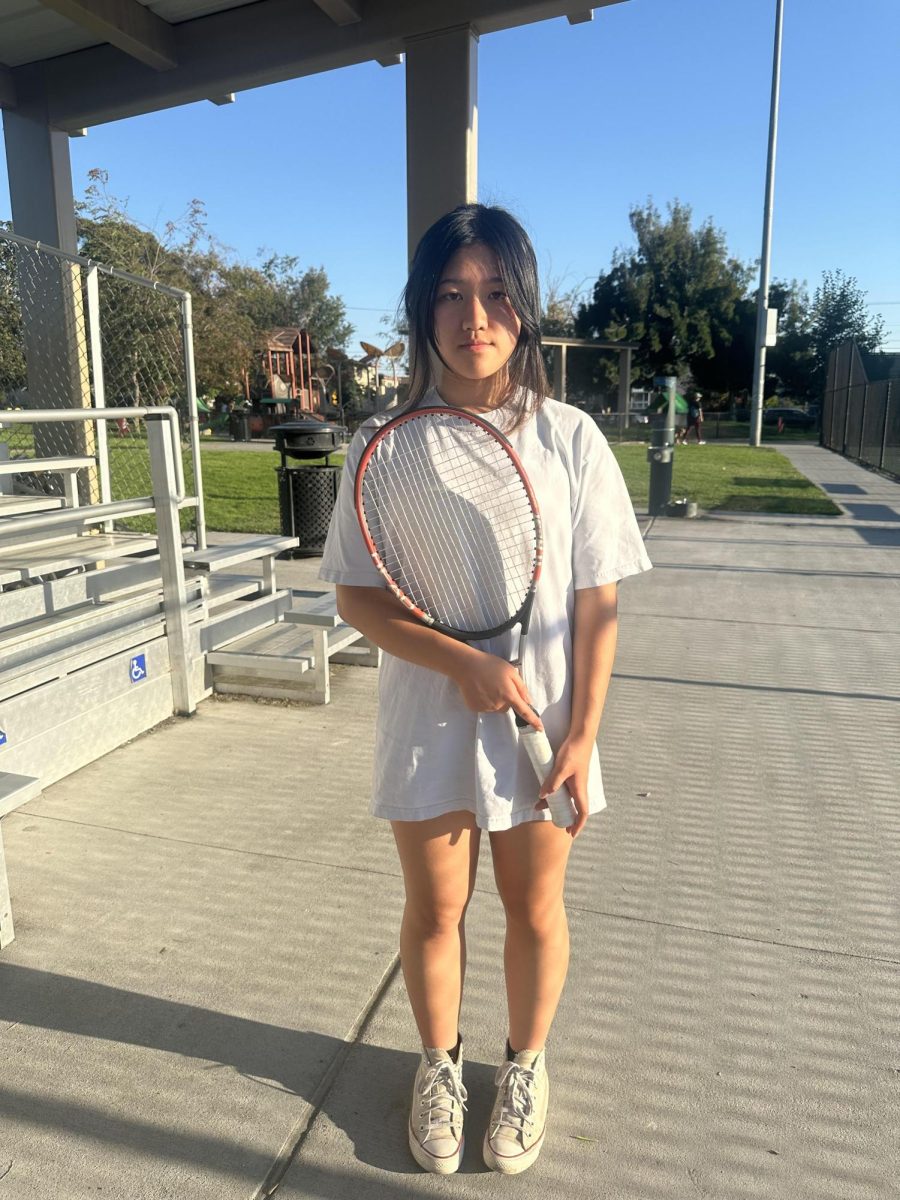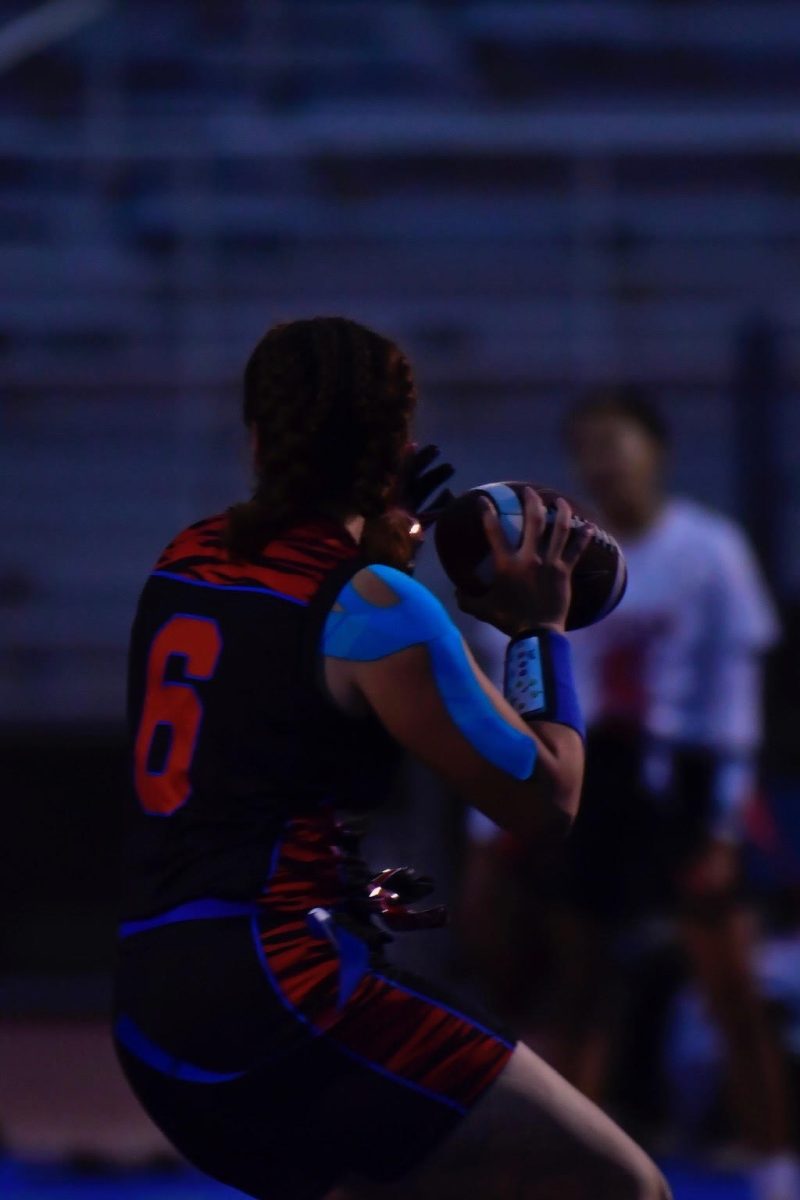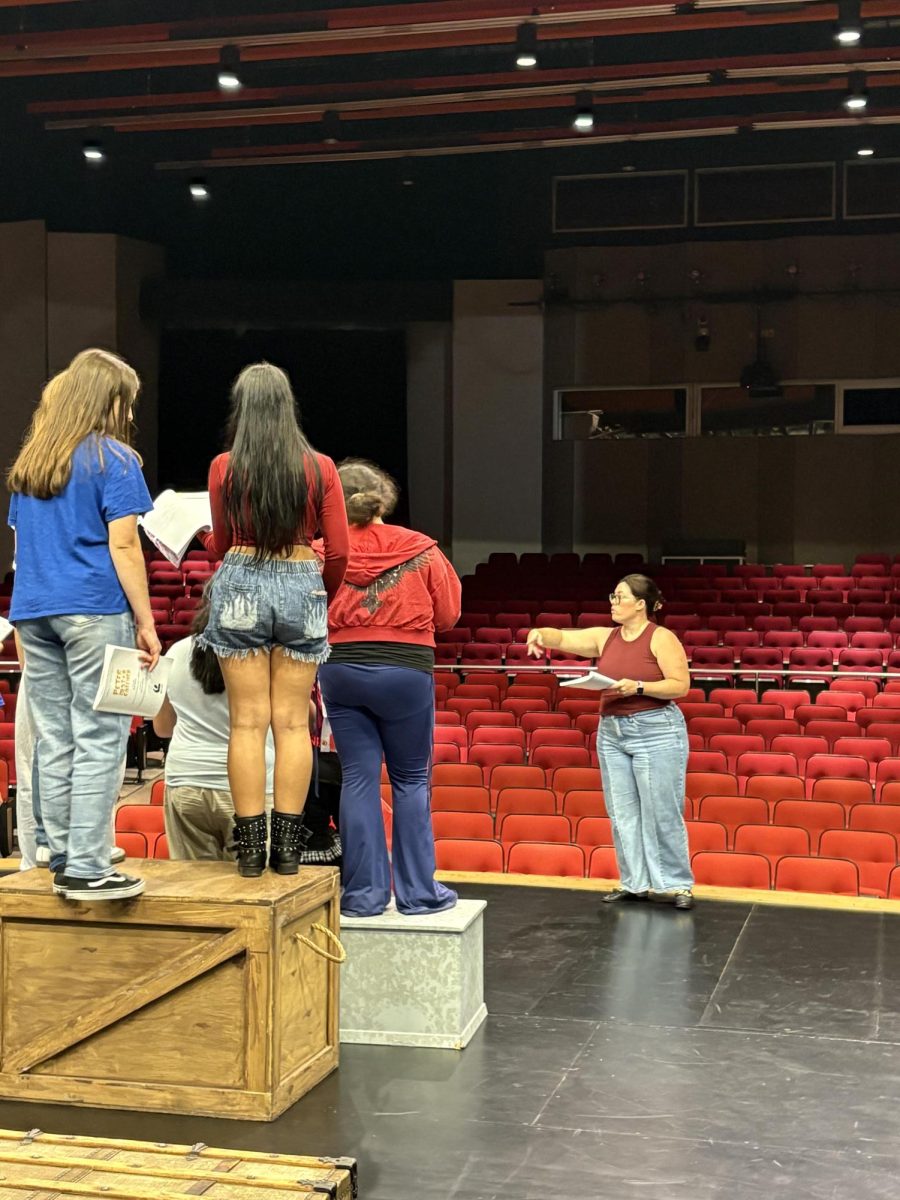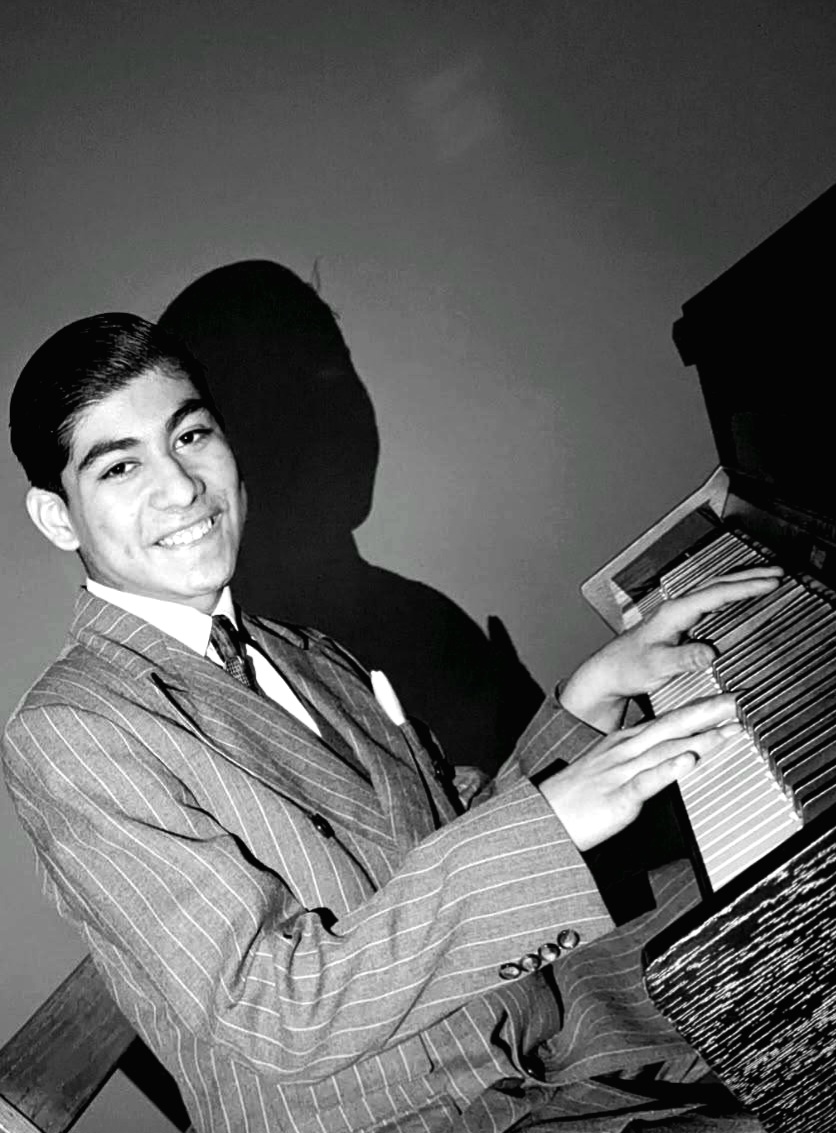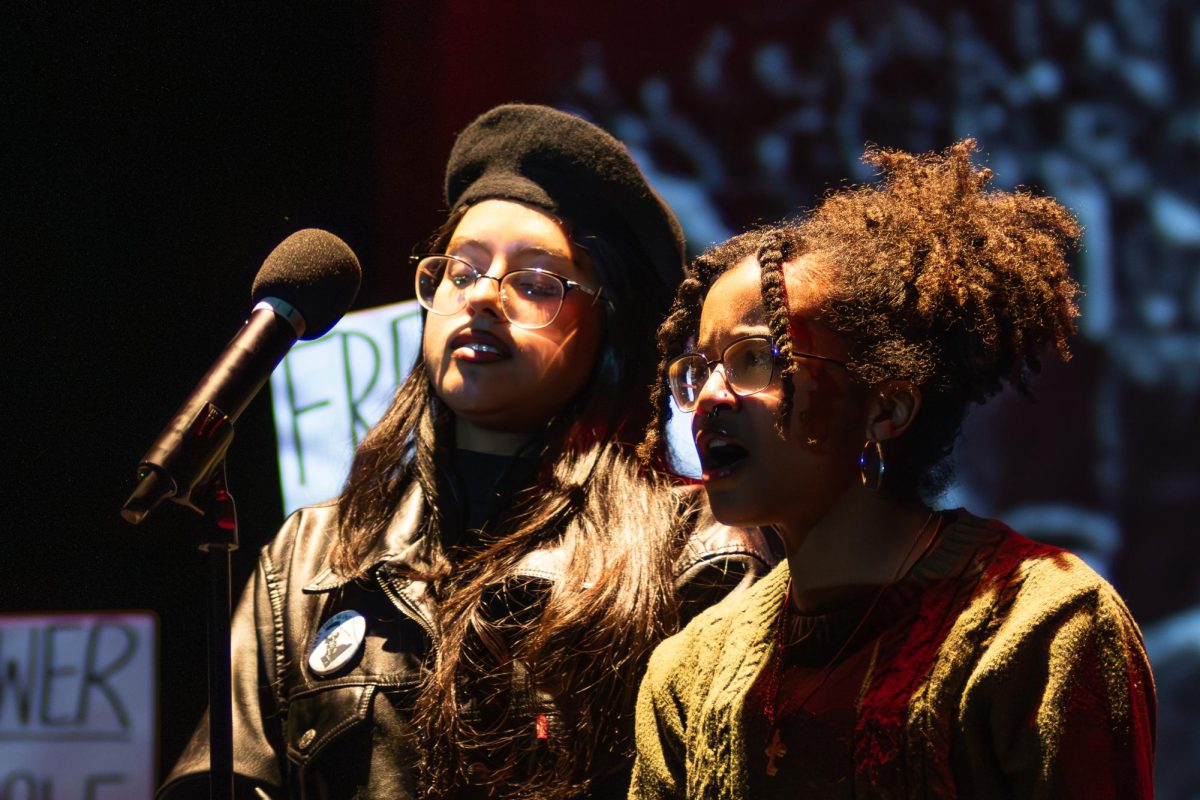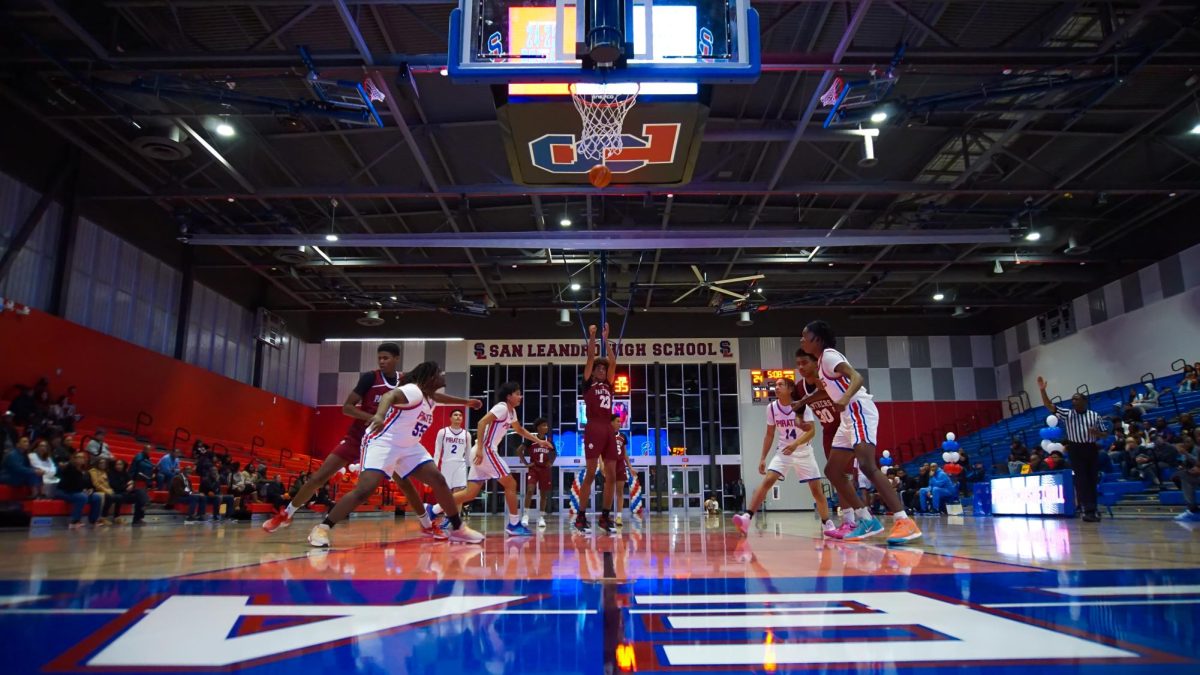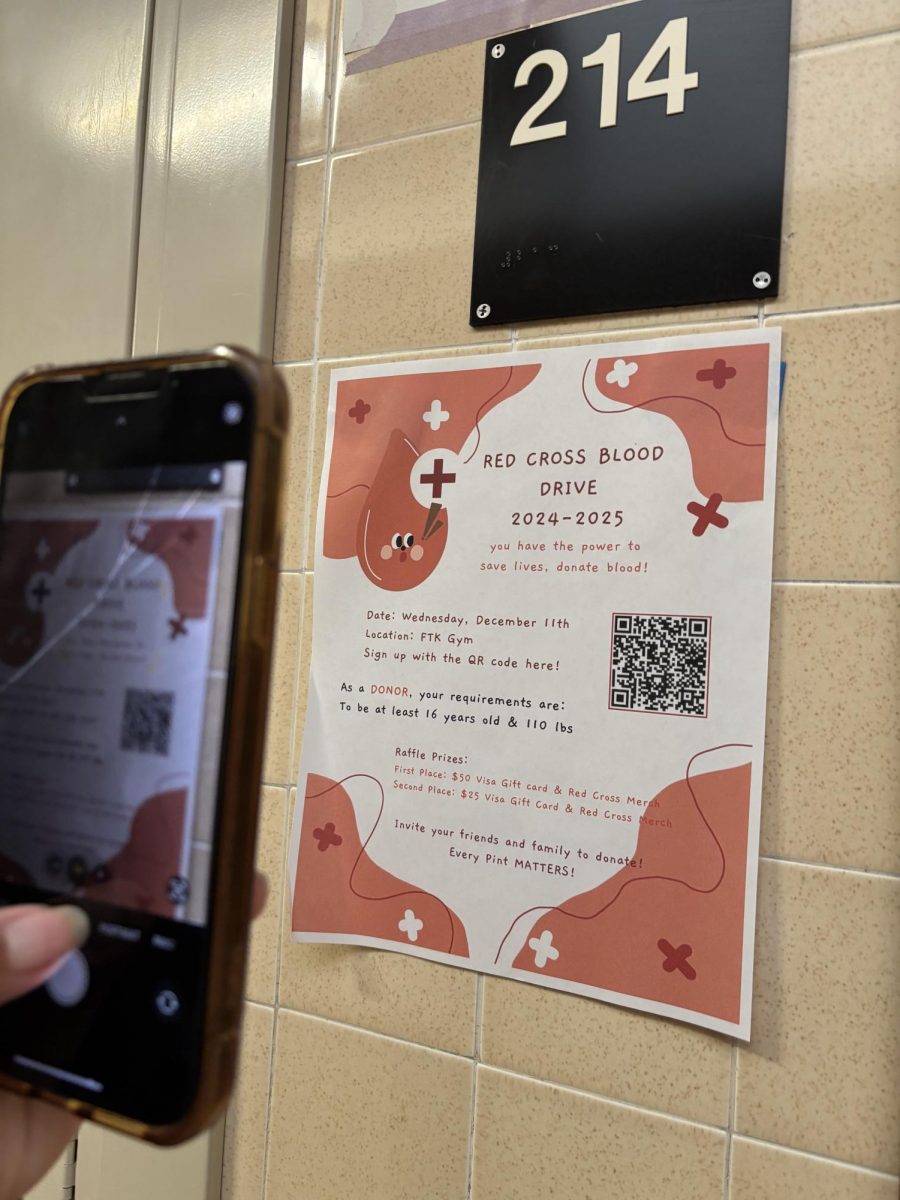Being a teenager in this new era of artificial intelligence has brought many ethical questions into account. AI tools have become deeply depended on by students’ everyday lives; both academically and personally. From organizing daily schedules and sorting out documents, to assisted studies, AI has been proven to be efficient and accessible for all ages. However, despite these benefits, this technology is being used by individuals and companies to replicate creative works by artists. Producing media like artificial music to graphic art. As we develop further as a society with AI, it becomes increasingly important and ethical to recognize and preserve the value of human made art.
AI generates content by sampling vast amounts of images, music, writing, and other media found online. These samples are fused together to respond to prompts, replicating and mimicking the style/structure of human work. While the process can produce impressive and quick results, it inevitably raises concerns about originality and ownership, value, and the future of creative careers. Because of this, we must continue to uplift and support authentic artistic expression, such as work that’s shaped by real emotions, culture, intention, and lifetime experience.
“AI can spit out whatever you type in, but the imagery is coming from somewhere [else]. So the computer is not just out of thin air creating something, it’s sourcing information,” saaid Mr. Alvarado, the graphic arts teacher at San Leandro High School. “Because of this, AI may source from something that is [copyrighted], there’s a lot of copyright issues. You don’t ever want to run into legal issues with that.”
Despite the increased usage of AI in everyday tasks, it’ll never replace the authenticity and connection that’s sensed through traditional, human made art. Student creativity should be encouraged and nurtured in high school, where developing passions and hobbies can grow into lifelong careers. The foundation of many creative career paths begins from small sketches, photographs, and rhythms thought of at school or in creative, social environments.
Speaking from years of experience, Mr. Alvarado shared insight into his own journey as a graphic arts teacher. “One student may just doodle a lot and think, ‘Oh, I just doodle,’ but they don’t realize that these doodles are pretty amazing, and they can turn into something so much larger than just a doodle. My journey began as a photographer. I studied photography, and then I started learning about graphics and computer graphics. I did this project for class where I was taking these photos of my friends and combining their faces and making them look like mutated new people … I was always interested in arts, and it started with photography, and then I started taking graphics classes and really, kind of bringing those worlds together. So it made sense that I would be where I’m at now, because I also like teaching.”
He also reflected on an early memory in his teaching career that reshaped his view on education; “there was a moment a long time ago where I was working in an infant art program, and there was a child who couldn’t see. I remember one mom just putting glue in her daughter’s hand. It was the first time her daughter ever felt glue; something so basic that we take for granted. The mom was whispering in her ear, ‘that’s glue,’ and you could tell it was the texture, that really tacky [feeling]. It blew my mind because I never paused to think about glue and how it might feel for the first time. It kind of recharged me in believing in education because the things we take for granted as we get older could be a point of discovery for somebody.”
The importance and intimacy of human connection through guided acts and shared experiences is something that AI can’t originally replicate. Art isn’t just about the final product, it’s about the processes, interactions, and the memory of learning something new. For Mr. Alvarado, that child’s first experience with touching glue reminded him of how meaningful simple acts and materials can be when they allow younger children to explore creativity and self expression.
Even as AI advances, it cannot replicate human emotion or the specific, intentional techniques that come from years of practice, experience, and personal growth. AI generated content lacks the individuality and vulnerability that artists pour into their work. It’s able to put pieces of art together from countless sources, but can never truly capture the singularity of it.
“It becomes really sort of generic and almost anticipated and expected,” said Alvarado. “And who’s stepping away from it to create something new that feels fresher than that, you know? So it might be really hot right now and really cool, but at some point, people will be like, ‘this lacks personality.’ This lacks the sort of humanness and your perspective, and you know [when] your [type] of perspective and viewpoint is not coming through. Yeah, so I don’t know if AI is going to capture that.”
Mr. Alvarado also further emphasized the importance of balance when it comes to using technology; “I think at the end of the day, we need to be cautious on what we put all our faith into. And I think we need to be cautious about allowing something because AI can be a very powerful tool, but it has its limits in the physical world we live in. I would really hope that people don’t rely 100% all the time on technology, because technology at some point can pause, and you know, there’s physical things that we have to take care of and tend to everyday in this world. And I don’t know if AI is going to always do it for us and we may have to rely on our own brain power and knowledge to accomplish things.”
—
Not only can AI generate art, it also has the capability to generate music, write lyrics, and mimic vocals with the right software. But as more artists upload their work online, the original creations are at risk of being sampled out and recycled into artificially made content. For musicians who have dedicated their lives to music and songwriting, this raises many important questions about ownership and authenticity.
Angel Hernandez, a junior at San Leandro High School, has firsthand experience in this topic. As the accordionist in his family band “Official Norteno,” he’s been playing music ever since he was four years old.
“My dad introduced me to [the accordian] and he taught me the basics,” said Hernandez. “While I was growing up, I started to learn more advanced things. Around sixth grade, I started to learn the clarinet, but I quit on [that] instrument since I realized the accordion is actually my type. I think [AI is] actually good to help in making lyrics for songs, but like, it shouldn’t make up [for all the] lyrics of the song. People should just use it to help them out. This one time, my history teacher showed me an app where he made music with an accordion, and like, it sounded good, but it’s still fake and doesn’t really help [improve the song]. You can tell the difference just by hearing it, whenever you hear AI music, it sounds distorted and whereas with natural music you can hear it clearly.”
Art is a deep, personal form of self expression. It reflects on someone’s identity, culture, and lived experience. If we rely too heavily on AI to create media for us, we risk losing the richness and diversity that human creativity brings to the world. Human made art connects people, telling stories, preserving traditions, and expresses emotions that no machine can replicate.
“What makes human music most personal to me is that it became part of my identity since I was a toddler,” said Hernandez. “And of course, [the audience] would see how hard working I am and how much it took me to get here. This one time I played in a nightclub [with my family band], and just by seeing the people singing and dancing, it made me realize that people still appreciate human made music.”


